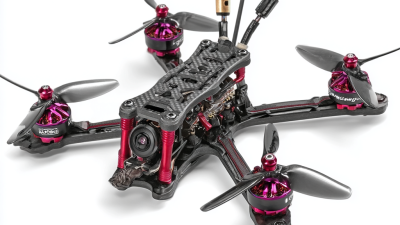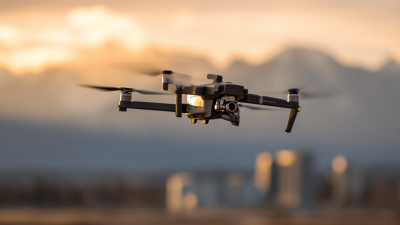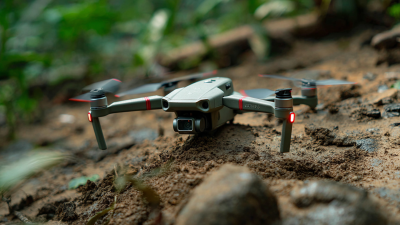Leave Your Message
As the popularity of aerial photography continues to soar, the integration of technology in capturing stunning visuals has never been more accessible, particularly with the advent of FPV (First-Person View) drones. According to recent market research, the global drone market is projected to reach $43 billion by 2024, with significant growth attributed to the increasing demand for aerial photography across various industries, including real estate, film production, and agricultural monitoring. A well-equipped FPV Drone Kit not only allows enthusiasts and professionals alike to capture breathtaking shots but also enhances the flying experience by providing real-time first-person views. This guide will walk you through the essential techniques and tips for mastering the art of aerial photography using your FPV Drone Kit, unlocking the potential to create visually captivating content that stands out in today's competitive visual landscape.
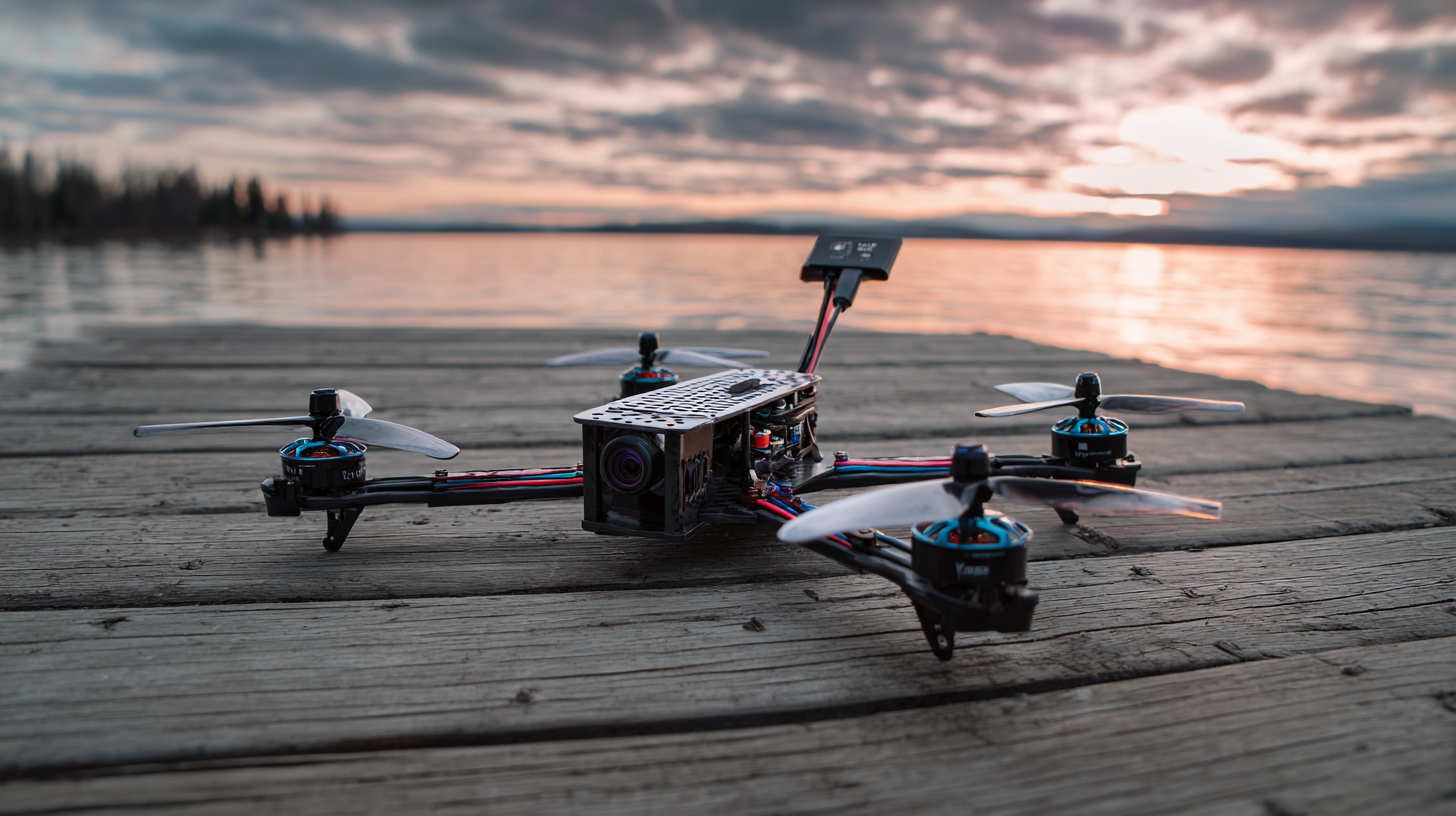
Mastering the art of composition is essential for capturing stunning aerial shots with your FPV drone kit. One of the key techniques is the rule of thirds, which encourages photographers to divide their frame into a three-by-three grid. By positioning important elements along these lines or at their intersections, you create a balanced and visually appealing image. This technique not only enhances the dynamism of your shots but also engages viewers by guiding their gaze through the scene.
In addition to the rule of thirds, incorporating leading lines can transform your aerial photography. Look for natural pathways, rivers, or roads that lead the eye toward your subject. This adds depth and perspective, making your aerial shots more immersive. Experimenting with different angles and elevations can further refine your composition.
Low-altitude flights can emphasize foreground elements, while higher altitudes might reveal the broader context of your subject. Embrace the creativity that FPV drones afford and continually explore innovative compositions to elevate your aerial photography.
When venturing into aerial photography with your FPV drone, understanding essential camera settings is crucial for capturing stunning images. Start with the ISO setting, which determines the camera's sensitivity to light. A lower ISO, such as 100 or 200, is ideal for bright daylight conditions, helping to achieve cleaner images with less noise. Conversely, in lower light situations, you might need to increase the ISO to maintain proper exposure, but be mindful of the potential degradation in image quality.
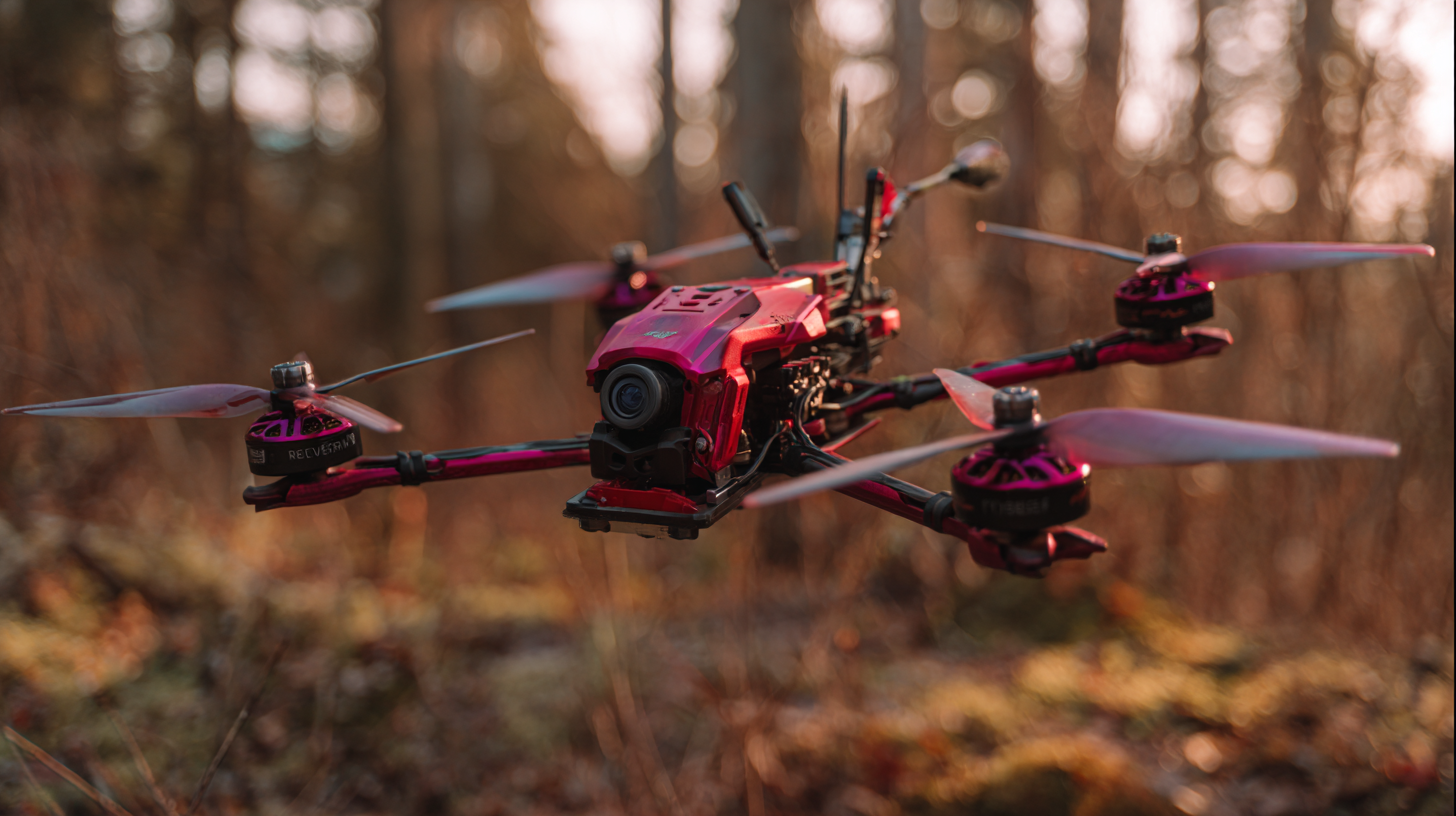 Shutter speed and aperture are also key contributors to your aerial photography success. A faster shutter speed can freeze motion, which is particularly important when photographing fast-moving subjects or capturing video footage without blur. Aim for a shutter speed that is at least double the frame rate for video, or adjust it according to the action you wish to capture. Meanwhile, controlling the aperture allows you to manage the depth of field. A wider aperture (lower f-number) is great for isolating subjects against a blurred background, while a narrower aperture (higher f-number) enhances depth, making it suitable for landscape shots where detail throughout the frame is essential.
Shutter speed and aperture are also key contributors to your aerial photography success. A faster shutter speed can freeze motion, which is particularly important when photographing fast-moving subjects or capturing video footage without blur. Aim for a shutter speed that is at least double the frame rate for video, or adjust it according to the action you wish to capture. Meanwhile, controlling the aperture allows you to manage the depth of field. A wider aperture (lower f-number) is great for isolating subjects against a blurred background, while a narrower aperture (higher f-number) enhances depth, making it suitable for landscape shots where detail throughout the frame is essential.
Mastering these settings will significantly elevate the quality of your aerial photography.
When it comes to aerial photography with FPV drones, altitude plays a crucial role in determining image quality and perspective. Higher altitudes allow photographers to capture broader landscapes and establish context, providing a sweeping view that can emphasize depth and scale. However, flying at great heights can also lead to a loss of detail, particularly in subjects that are close to the ground. Striking a balance between altitude and desired detail is essential for achieving stunning visuals.
Conversely, flying at lower altitudes can significantly enhance the level of detail in your images, allowing for dynamic shots that reveal intricate patterns and textures in the environment. This perspective creates an immersive experience, drawing viewers into the scene. Additionally, lower altitudes can foster creative compositions, enabling unique angles that would be impossible to achieve from above. Experimenting with varying altitudes will help you understand how altitude impacts light, shadow, and clarity, ultimately enriching your aerial photography portfolio.

The landscape of aerial photography has dramatically evolved with the advent of FPV (First Person View) drone technology. As enthusiasts and professionals alike embrace this innovative equipment, key trends emerge that redefine how images are captured and utilized. The integration of advanced features such as high-resolution cameras, real-time video transmission, and intelligent tracking systems empower photographers to push creative boundaries. These advancements not only enhance the quality of the images but also expand the possibilities for capturing dynamic aerial shots that were once unattainable.
Moreover, the increasing accessibility of aerial photography equipment is influencing its usage across various industries. Real estate, tourism, and environmental monitoring are just a few sectors that benefit from stunning aerial imagery. Businesses are increasingly leveraging drone photography to create immersive marketing content, showcasing properties or landscapes from breathtaking perspectives. As the demand for aerial visuals grows, manufacturers are innovating to offer user-friendly, yet sophisticated drones catered to diverse skill levels. This trend points to a promising future where aerial photography becomes an integral part of visual storytelling across multiple fields.
Post-processing is a critical step in aerial photography that can dramatically enhance the visual appeal of your images. According to a report by the Professional Photographers of America (PPA), over 70% of photographers believe that post-processing is essential in making their work stand out in a saturated market. Techniques such as color correction, dynamic range adjustment, and cropping can transform ordinary shots into stunning visuals, elevating the overall aesthetic quality of your work. For FPV drone pilots, utilizing software like Adobe Lightroom or Capture One allows for precise control over these elements, enabling the capture of breathtaking landscapes and unique perspectives.
Moreover, the use of presets and filters during post-processing can save time and maintain consistency across a series of images. A study by Adobe revealed that photographers who employ presets for 70% of their edits see a 30% increase in productivity and a stronger visual brand. Coupled with the intuitive editing options available today, FPV drone operators can not only maximize their workflow but also produce images that truly reflect their creative vision. Embracing these best practices in post-processing is essential for anyone aiming to master aerial photography with their drone kit.
| Aspect | Description | Best Practices |
|---|---|---|
| Camera Settings | Adjust ISO, shutter speed, and aperture based on lighting conditions. | Use manual mode for better control of exposure settings. |
| Composition | Plan your shots to create balanced and dynamic images. | Utilize the rule of thirds and leading lines for visual impact. |
| Post-Processing Software | Use software like Lightroom or Photoshop for editing. | Leverage presets for consistent editing and save time. |
| Color Correction | Adjust saturation, contrast, and brightness to enhance colors. | Apply color grading techniques for a professional touch. |
| Sharpening | Increase sharpness to highlight details in your images. | Be cautious with sharpening to avoid unnatural artifacts. |
